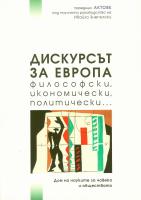
We kindly inform you that, as long as the subject affiliation of our 300.000+ articles is in progress, you might get unsufficient or no results on your third level or second level search. In this case, please broaden your search criteria.

Aspects of semantic features in the Albanian lexicon, and in particular the aspects of polysemantics and homo-semantics have been the scope of studies either in isolation or in interaction with one another, but as well they have been studies in relation to many other phenomena such as: the root of the meaning (Thomai,2009), synonymy (Islamaj, 1985) etc. A study of these two phenomena which are closely inter-related is both of theoretical and practical value. In particular, the practical value is directly related to the compilation of explanatory and translation dictionaries (Thomai, 1972), which serves as an interface of the semantic structures of words
More...
The paper entitled "Characteristics of Application of General Didactic Principles to the Specificity of Tactical, Operational and Strategic Military Higher Education” wants to develop the educational and instructive character of all teaching activities, and to ensure the achievment of objectives provided in the millitary education programmes. It covers three sections and four subchapters, all of them dealing with notions, principles, rules and examples that will help with the methodical preparation of young teachers. If studied and applied in a creative way, the thesis will provide a scientific background and it will ease the work done by both the teachers and the studentofficers. Also, this paper tries to answer to a desire regarding tactical, strategic and operative education that concerns the synthesizing, systematization and generalization of the positive experience coming from teachers and teaching committees. Seeing as this is a first attempt to present such particularities, I would like to state that the thesis in question is open to changes and improvements, and also I would be grateful for any suggestions or observations from the people that study or use this paper, in order to improve the teaching of such an important and specific learning process.
More...
In the article in question, it will be analyzed the concept of “black humour”, one of the four main pillars, which sustained the surrealist creativity. In more specific terms, they are: automat writing, insane love and objective chance. As one of the strongest expressive means of surrelist writers, black humour turned into their symbol in order to better convey the objection against the reality of time. Colorations of black humour will be analyzed in comparative platform at the following writers: Francis Picabia, Jacques Rigaut and Nikos Engonopoulos, who converge into a common thematic point – death. Through the analysis of several parts selected by them, I will also reveal the similarities in expression, poetical images used, but on the other side, their particularities as well.
More...
Medicine has a lot of principles that need to be complied with especially when it comes to saving the life of the individual and, at the same time, respecting his rights. Today there are increasingly more cases of malpraxis either because these principles are not fully complied with or out of negligence. We believe that one of the most important principles of medicine is autonomy, whereas it is essential for the individual to act in accordance with his principles and values or those of the society where he lives. In this paper I shall analyze the concept of autonomy and its relationship with transhumanism. I shall argue that within human enhancement - whether cognitive enhancement or human enhancement - the individual must be autonomous and must be able to decide regarding his maximum benefit. We believe that human bioenhancement is a project that – when put into practice - could have negative consequences, since moral enhancement is rather seen as a danger to the freedoms and autonomy of the individual
More...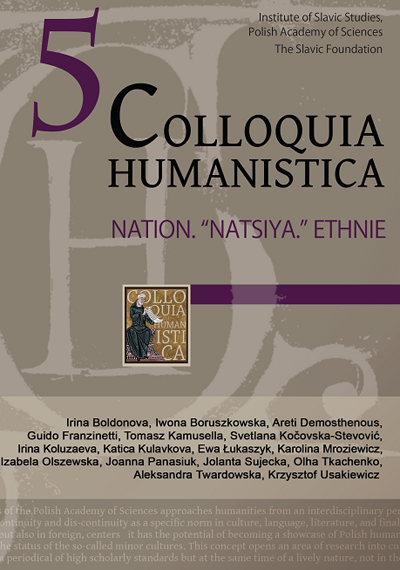
This essay attempts to combine several elements relevant for such interpretative practices as hermeneutics, textual explication, speech acts theory, C. G. Jung’s analytical psychology, as well inspirations taken from ritual studies, archetypal literary criticism, and transcendental hermeneutics. This combination of interpretational practices shall be applied to the reading and analysis of Wisława Szymborska’s poem Pamięć nareszcie / Memory at Last. My chief aim is to analyse the ritual dimension of the poem (without disregarding, however, the work’s stylistic features).
More...

Current debates about racism seem to be dominated by two main approaches: theory of cultural racism and the Marxist problematization of racism as a result of contradictions in economic and political spheres. The most recent conceptualization of the first orientation build on anti-essentialist notion of culture and identity developed by a number of authors disputing the problem of multiculturalism in the 1990s. One can refer to researchers such as Zygmunt Bauman, Ash Amin and Simon Weaver as representatives of this approach suggesting that race is a category constructed as the consequence of complex political and historical-cultural processes. Marxist perspective should be understood to a large extent as a criticism of the first orientation. Adherents of this camp (Edna Bonacich, Eric Hobsbawm or James Blaut) argue that all the „discursive strategies of racialization” analyzed within the cultural racism paradigm are a reflection of – or, more precisely: the façade hiding – more basic mechanisms in the sphere of production and productive relations (economic base): the exploitation of labor as a consequence of the capitalist pressure to minimize costs and maximize capital accumulation, made possible thanks to the existence (and maintenance) of „reserve army of labor” (displaced residents of villages during the industrial revolution as described by Marx; and cheap labor in the colonial plantation-slavery system and in peripheral zones and within postnational civic-immigrant societies of the contemporary world-system). I would like to emphasize a need to provide an approach combining, synthesizing together the two above theories where racism would be defined as a common thread of racist phenomena in concrete, historical narratives and practices. It is necessary to avoid both the „liquidation„ of the problem of racism, reducing it to a set of elusive tensions between social and discursive positions on one hand, and translating it exclusively (while looking for a „subject of emancipation”, ways to end the economic exploitation and complete the process of „national liberation”) onto the domain of instrumentalization of ethnic and cultural differences – on the other hand. This strategy may prove fruitful in reflections on contemporary racist tendencies avoiding oversimplifications on one hand and too hasty analogies – on the other.
More...
The article discusses some problems of classical Marxist reflection on war and military service. Wewill some military writings of Friedrich Engels and his some Karl Marx's historical analysis of therole of war in the process of economic transformation of society. Engels is also the author of a richlegacy on military history. We will also discuss will some problems with militarism in writings ofleading representatives of social democracy such as Wilhelm and Karl Liebknecht's August Bebel,Franz Mehring and Rosa Luxemburg.
More...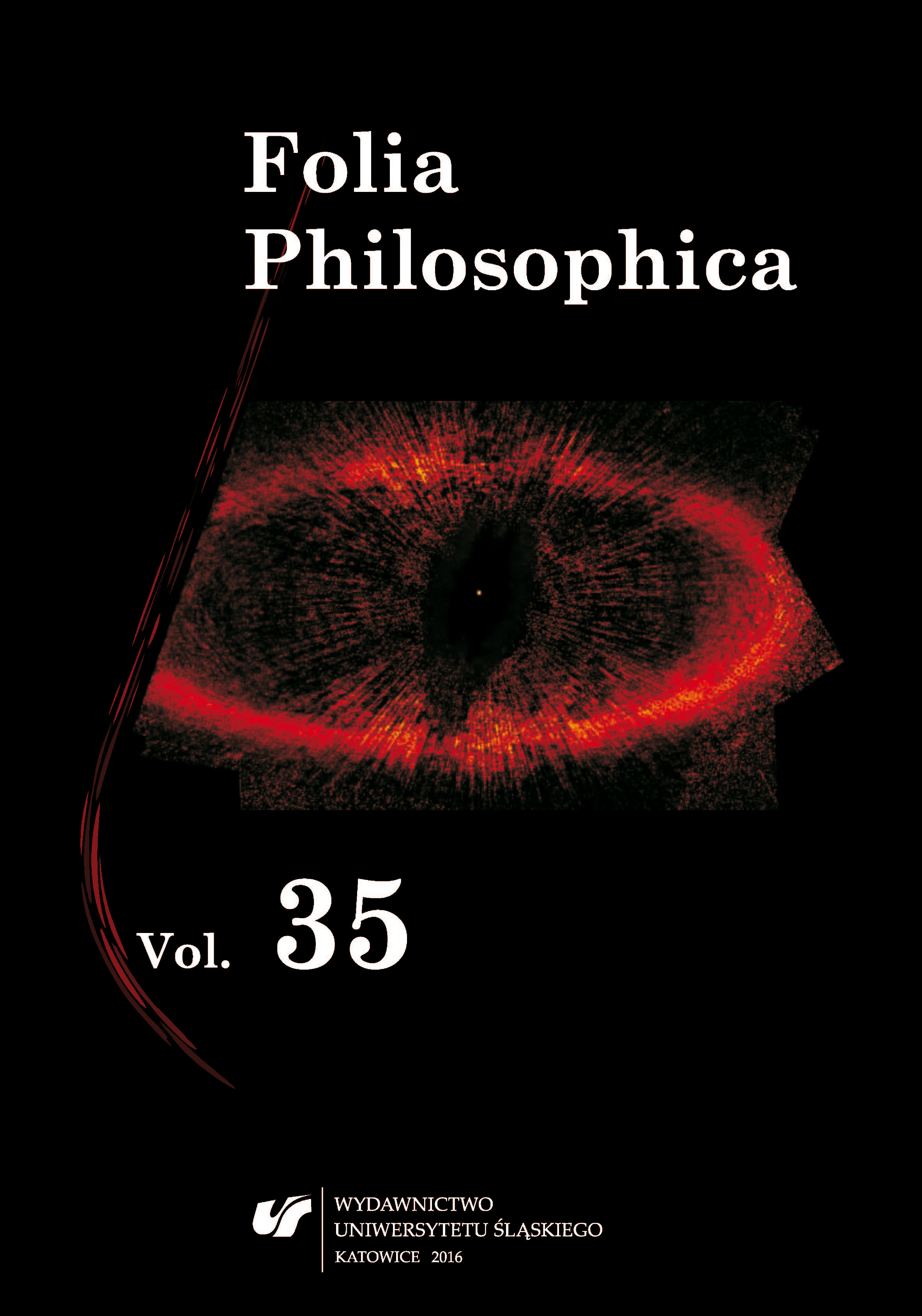
In this paper I will attempt to look at the city-place as a work of art. Such an approach will allow us to take into consideration its aesthetic, sensual and reflective qualities and, at the same time, contemplate those aspects which go beyond the philosophy of art, such as practical needs of everyday life. I analyze the opinions expressed by Olsen, Christie Boyer and the architects, Le Corbusier and Kevin Lynch. The positive view of the place emphasizes the role played by its shape and layout, by the sense of security and beauty, by harmony, sensuality and emotions, and by the sense of belonging and identity. The city, however, also means ruins, abandoned places invisible to its inhabitants. I examine an approach adopted by Urban Explorer and underline the aesthetic and artistic way of depicting the city. In the final part I discuss the spatial-temporal dimensions/indicators of the city as a work of art.
More...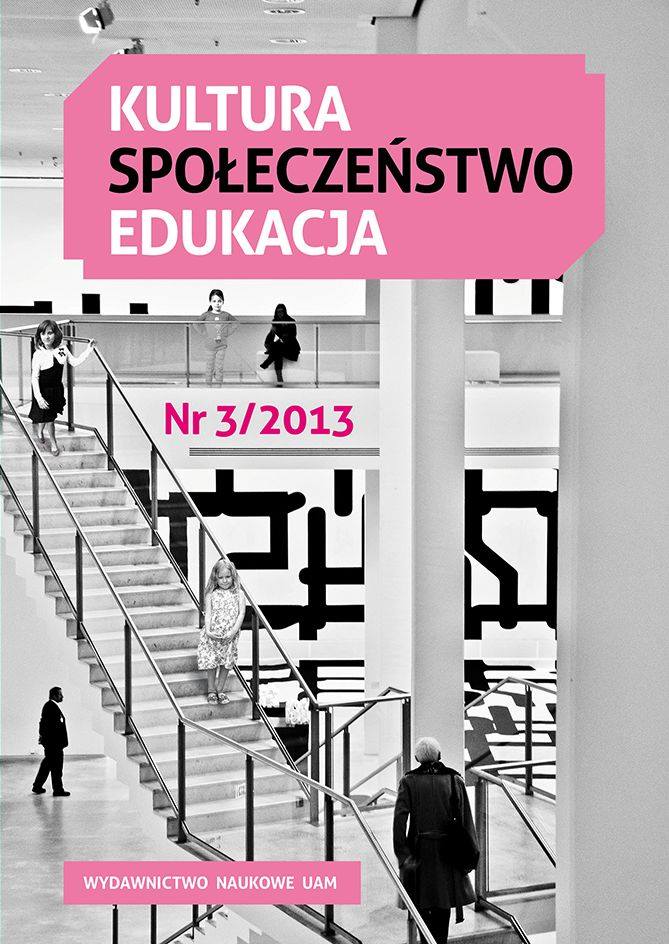
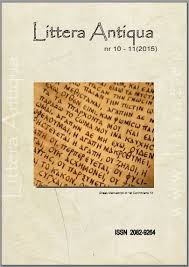
The paper discusses the dietary prohibitions implied by Orpheus’ poems, the so-called Orphica, attested since ca. 444 BC; the interrelations between the Orphic diet and the taboos observed by early Pythagoreans (520–360 BC); the reasons why the adherents of Orphic movement used to abstain from meat, beans, and eggs; and the virtual Orphic menu.
More...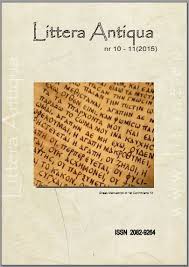
The paper concerns the dramatic setting and scenery of Plato’s Phaedrus, and especially the route of Phaedrus’ and Socrates’ philosophical walk along the river Ilisus and the southern suburbs of Athens. It discusses the topographic details mentioned or suggested in the dialogue, namely the Morychian house, the Ilisus valley, the Callirrhoe spring, the district of Agra, the plants growing there, and the cave of Pan.
More...
Creativity is one of the concepts in the field of psychology to the current age and goes on to comment about the fortunes and intensity is located above in the world today no doubt industrial creativity is one of the most important techniques to achieve exploration, invention and scientific, technical, artistic progress. Perhaps for this reason that this entry in childhood is much about training and support. The aim of the present study reviews and compares the children's creativity and social isolation of the quest is about 8 years of age and has the main hypothesis in Eghlid County investigation is that the creativity of social isolation children crave more. Of 100 review sample prep for children 8 years old and has been the functions of villages Eghlid County that they will be randomly selected. The tool collects information in addition to the view, the questionnaire has been Torrance creativity measurement test consists of 60 questions in three options (a) and (b) and (c), and the data obtained from the analysis of the questionnaire. The results of this analysis tell us that their students between grades, creativity and social vulnerability scores
More...
The essence, the characteristics of subjectivity as part of future teacher professional positions are substantiated in the article. It is established that the subjectivity of the teacher as an integral professionally important quality of personality is found in the quest for self-determination, self, selfregulation and self-improvement in professional and educational activities. The concept of student - future teacher subjectivity is concretized. The content of the subjectivity of future teachers in the context of age-professionalization process of the future specialists is analyzed. The features of the development and implementation of subject activity of students in educational and professional activities in higher education are described
More...
The educational system has undergone many changes since 1990 until nowadays. Today the teacher is seen as an extra worker in the public administration, thus the respect for his/her teaching efforts has diminished. Since the issue of the need for ethics in schools has been raised more and more often, we propose the ethics committee as a method of assessment. In this paper we want to bring a new proposal to the education system, i.e. the ethics committees, which are commissions able to determine the behaviors of individuals in educational institutions. We believe these committees are necessary since at institutions level there are deviations both among professionals and beneficiaries
More...
Building novels are literary genres which describe the life of a character from childhood to maturity. Don Quixote, the one we know, is described as a product of chivalric readings. He has finished his education since the beginning of the novel. If he hadn’t read those books, surely, his life would have been completely different. The change that happened in his mind was converted into concrete actions followed by visible events. In the center of the book is a hero, a main character like Quixote, who changes psychologically, evolves under the circumstances that shape or educate him, as required by the genre, from a burlesque character transformed into a character with high expectations, willing to sacrifice for others, a free volition man, a fearless character who is not afraid of the sufferings, an example of human heroism. In our study, we see the evolution of the character in hic chivalric avenue and his alienation under Sancho’s accompany. Except of this, our numerous assumptions as a building novel, a romantic hero, unsettled or antihero makes it impossible to reach an explicit definition. According to Lucas, being a Romanesque character, from our point of view, he is more a problematic hero. Nonetheless, he is a bit of all and represents manifold features, as this is the first modern novel in Europe which compresses features of many genres and subgenres as the own nature of the novel is of encyclopedic genre which assembles many universal components developing a special totality.
More...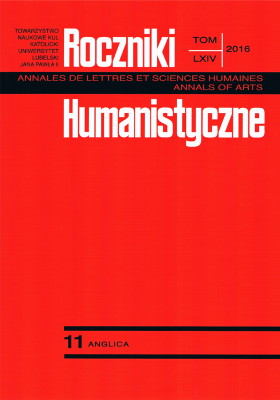
The article focuses on the hermeneutics of conversation. Its aim is to demonstrate the nature of a hermeneutic conversation as triggering a true possibility of understanding. I propose to see silence, epiphany and conversion, with its irreducible character, as significant components of a hermeneutic conversation. Thus conceived conversation leads to an unveiling of the unknown and generates a genuine possibility of an encounter between the self and the Other. The encounter rests on two indispensable attributes: reciprocity and trust. A genuine conversation in the hermeneutic sense, propelled by these two constituents, exerts a cathartic, transformative and formative power. Not only does it lead to understanding in which the speaking partners are involved, but it entails a potent unearthing of the self, a discovery of one’s identity. This study is based on Hans-Georg Gadamer’s premise of the universal character of understanding. Gadamer’s hermeneutics regards understanding as the fundamental category of our being- in-the-world. The article illustrates the workings of the hermeneutic conversation with an analysis of J. Joyce’s “The Dead.”
More...
Analyzed have been the ideas of adult education and its place in the pedagogical heritage at the endof XIX – beginning XX centuries. We studied on the basis of works of A. Schjapov, A. Pruhavin, V.Vahterov, P. Kazanzev , O. Hermonius, H. Falbork, S. Siripolko the main ideas and basic notions ofadults‟ education which were developed at the end of XIX – beginning XX centuries in the form ofout-of-school education theory. We can state that at the end of XIX – beginning XX century in theform of out-of-school education theory there were established theoretical foundations of adulteducation. Fundamental ideas were formed and scientific problems and contradictions wereemphasized. Search for optimal forms and methods of work were performed. Such scientists as E.Medynskyj, S. Siropolko, V.Charnaluskyj etc formed the main principles of out-of-school education.The analyze of theoretical views shows that fundamental ideas of scientists end of XIX – beginningXX century are not only contradictive to each other and to the main principles of pedagogicmovement but also complete each other. Wide range of basic ideas of adult education wasoriginally formulated in the works of V.Charnouskyj and later they were concretized in the works ofS. Siropolko and developed in the theoretical views of E. Medynskyj. Now we can speak aboutimportant works dedicated to the theory and praxis of adult education of leading scientists of thebeginning of XX century.
More...